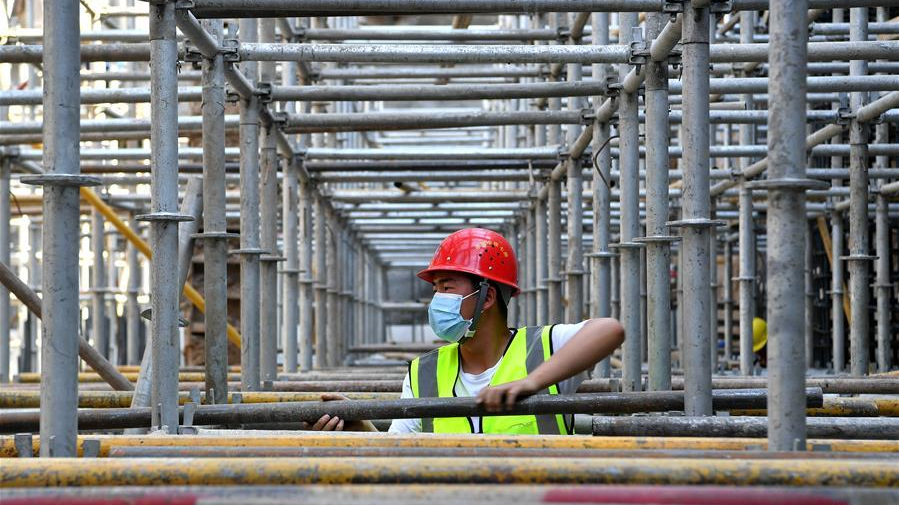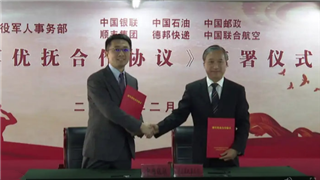Keith Lamb

Editor's note:Keith Lamb is a University of Oxford graduate with a Master of Science in Contemporary Chinese Studies. His primary research interests are China's international relations and "socialism with Chinese characteristics." The article reflects the author's opinions and not necessarily those of CGTN.
For years Western academia has debated China's socialist trajectory. Often the claims that China had left the socialist path were used as a double-edged sword to beat down China. For example, there was simultaneous praise and criticism for China's introduction of market relations.
On one hand, this was heralded as a surreptitious push towards the introduction of full-blown liberal democracy and capitalism guided by "benign authoritarianism." On the other hand, despite Western capital benefiting greatly from "wage arbitrage," the Western propaganda war against China meant any market excess was quickly pounced upon.
In fact, market excess has never been the real problem; rather criticism of it served as part of a low-key propaganda campaign to demonize China in the eyes of Western socialists who might otherwise support China. The real problem is that China's system actually seeks to use market forces as a launchpad for socialist construction. This truth has been demonstrated by the fact that the more China prospers and the more China imposes limits on capital, the more Western propaganda steps up its campaigns to demonize it.
China is beyond doubt enacting policies that lay the foundations of socialism. With my own eyes, I've seen the conscious transformation of the countryside and even development across the entire country. This socialist construction serves as the basis to usher in equality and it liberates productive forces. For example, increased connectivity through the building of infrastructure allows more people to participate in education and economic opportunities. Mechanization has liberated peasant labor from the land and the goal of increasing the use of AI and robotics in production will further liberate labor from factory floors.

The construction of socialism also has the moral imperative requiring that the weak are adequately protected and the interests of society as a whole are looked after. In this respect, in terms of poverty alleviation, China has made an outstanding contribution to its socialist future and humanity. However, this is not the end; much still needs to be done, and development that seeks out shared prosperity must continue.
Because China's socialist development model must, first and foremost, be beneficial to society as whole market forces can only exist if they serve the interests of the whole. This contrasts to liberal capitalism where market forces and capital "naturally exist" as a universal good that (should) benefit all. With this in mind, it shouldn't come as some anathema that China's billionaires don't have the whip hand over society.
For example, the eradication of extreme poverty and the even development of China doesn't provide an immediate surplus to private capital. Indeed, as big enterprise is induced to participate in poverty alleviation, profits may be curtailed. However, access to human talent liberated from poverty and the ability to conduct business anywhere in China, due to even development, can actually, in the long run, aid a socialist market economy. This, in turn, prevents capital from becoming a self-destructive parasite by turning the foundation of its success (the workers) into its host.
With China's dwindling birth rate, which could curtail the country's social and economic development, the necessity of building socialism guided by a strong centralized force that takes the interests of all as its guiding principle, becomes even more obvious. China's one-child policy averted a demographic catastrophe. However, market forces along with the increased financial burdens that the family unit bears in raising hyper-educated children and supporting the elderly may lead to a future catastrophe as couples, due to private expenses, refuse to raise more than one child.
Consequently, I applaud the steps China is now trying to unify its welfare system on a national level. China introduced a new national pension system in January 2022 which links together the various provincial pension plans into one. Here, richer provinces must support poorer provinces, fitting in with the socialist moral principle of sharing resources for the greater good of the whole of society.
For pensioners, this will allow for greater security when it comes to pension payouts. For the current workforce, who are more mobile than ever and may, in their lifetime, work in a number of provinces, a unified pension system is a no-brainer as it will provide a more stable and fairer system for labor.
In terms of acting as a force for regulating market forces and building socialism, increasingly systemizing welfare, such as pensions, provides central government with more operating flexibility to reduce the burdens on families when and where necessary. For example, some families have only one grandchild for every four grandparents and sometimes this grandchild is responsible for diverting some of their income in aid of their elders. Should this diversion of income prove to be a big enough disincentive for bearing future generations, then central government will have the financial tools at its disposal to help reverse any such trend and continue China's progression towards socialism.











